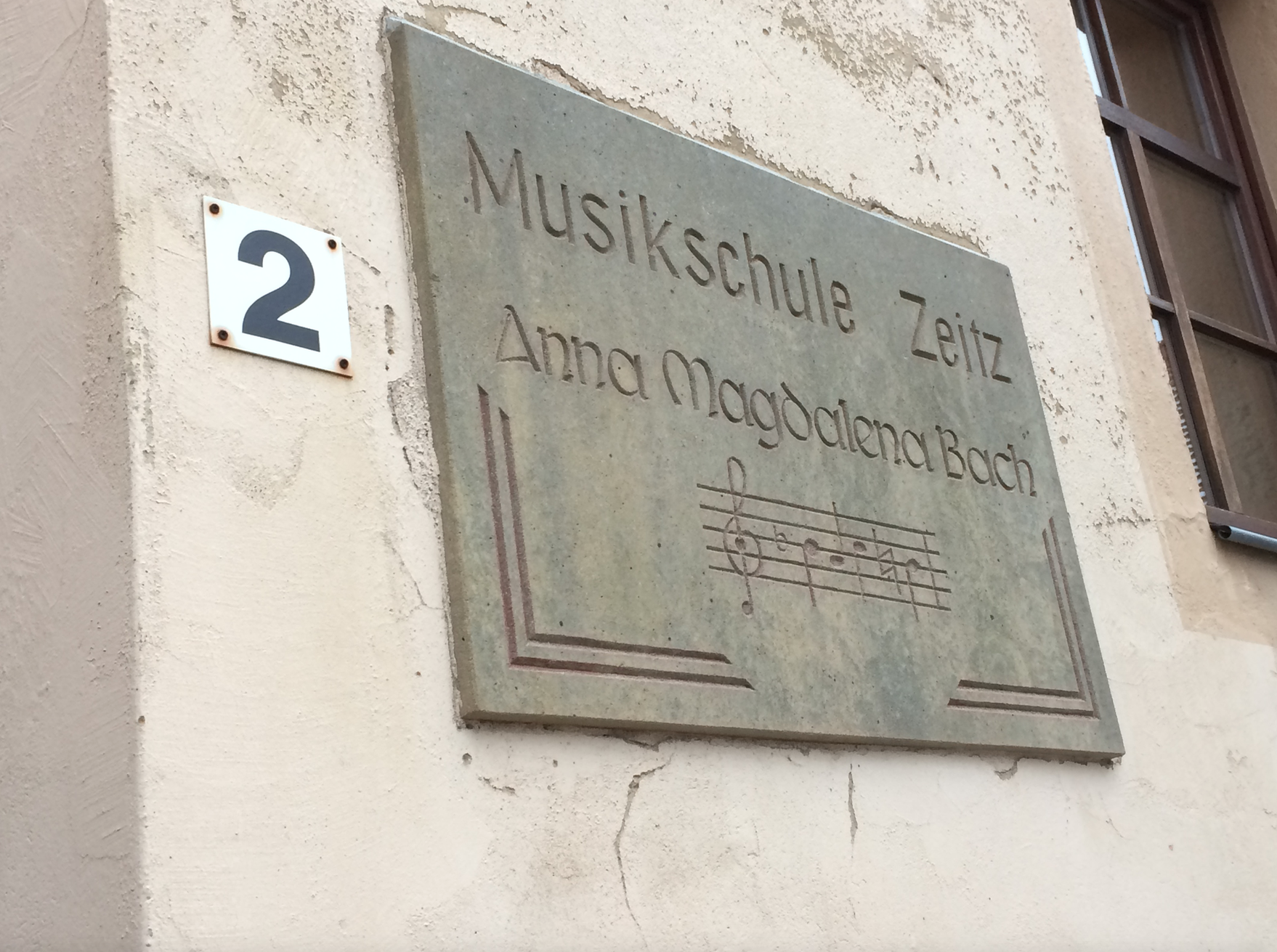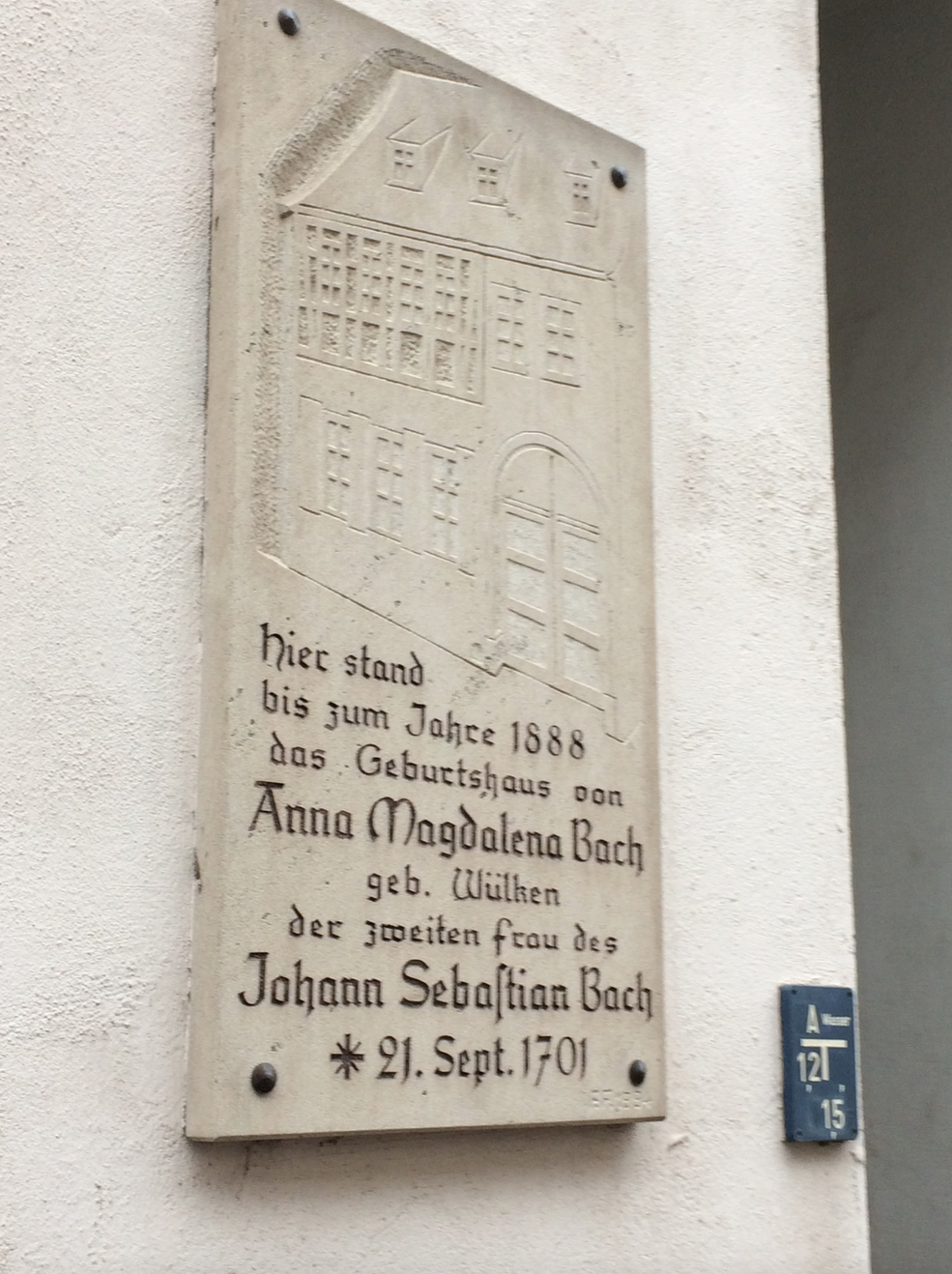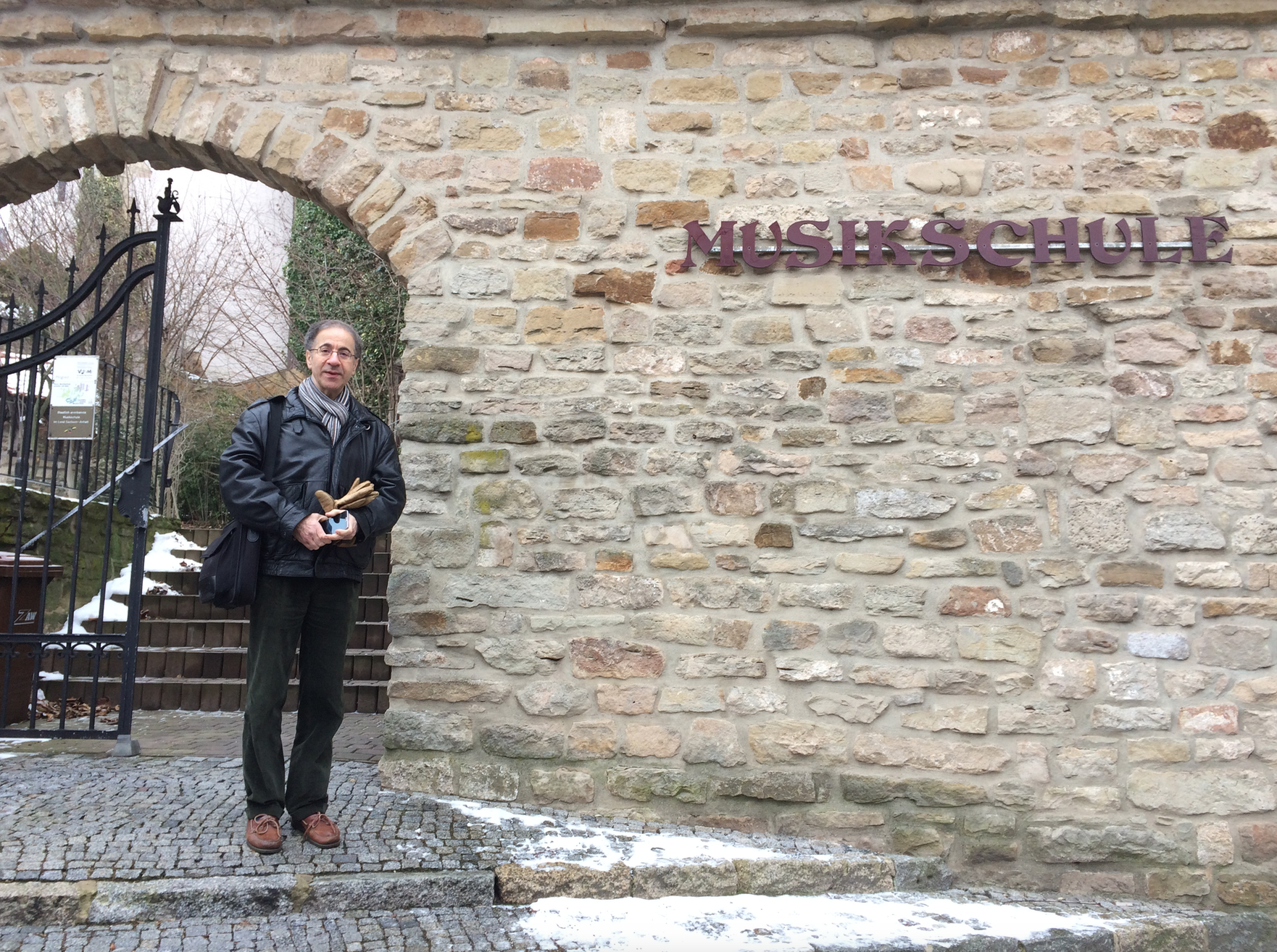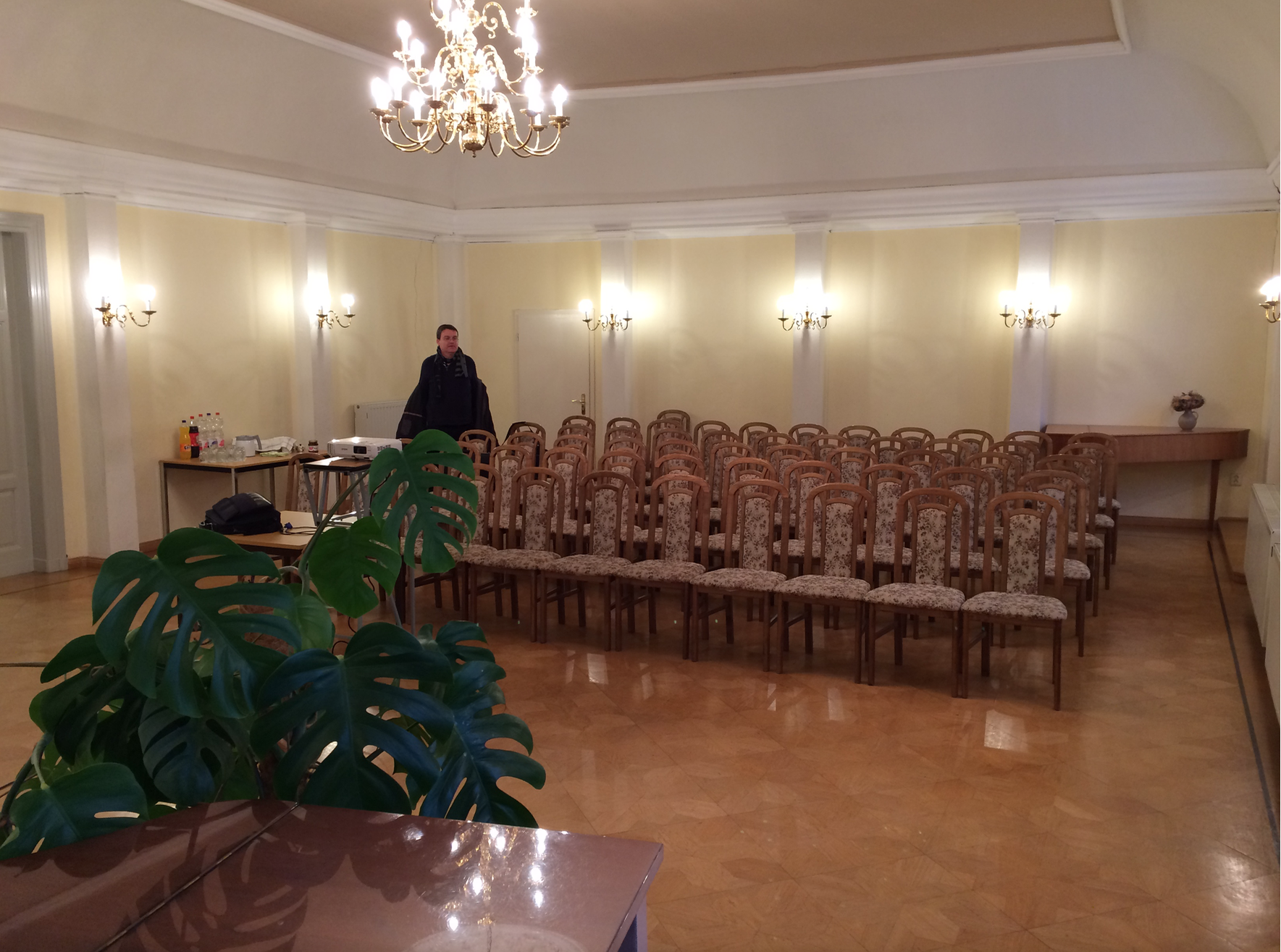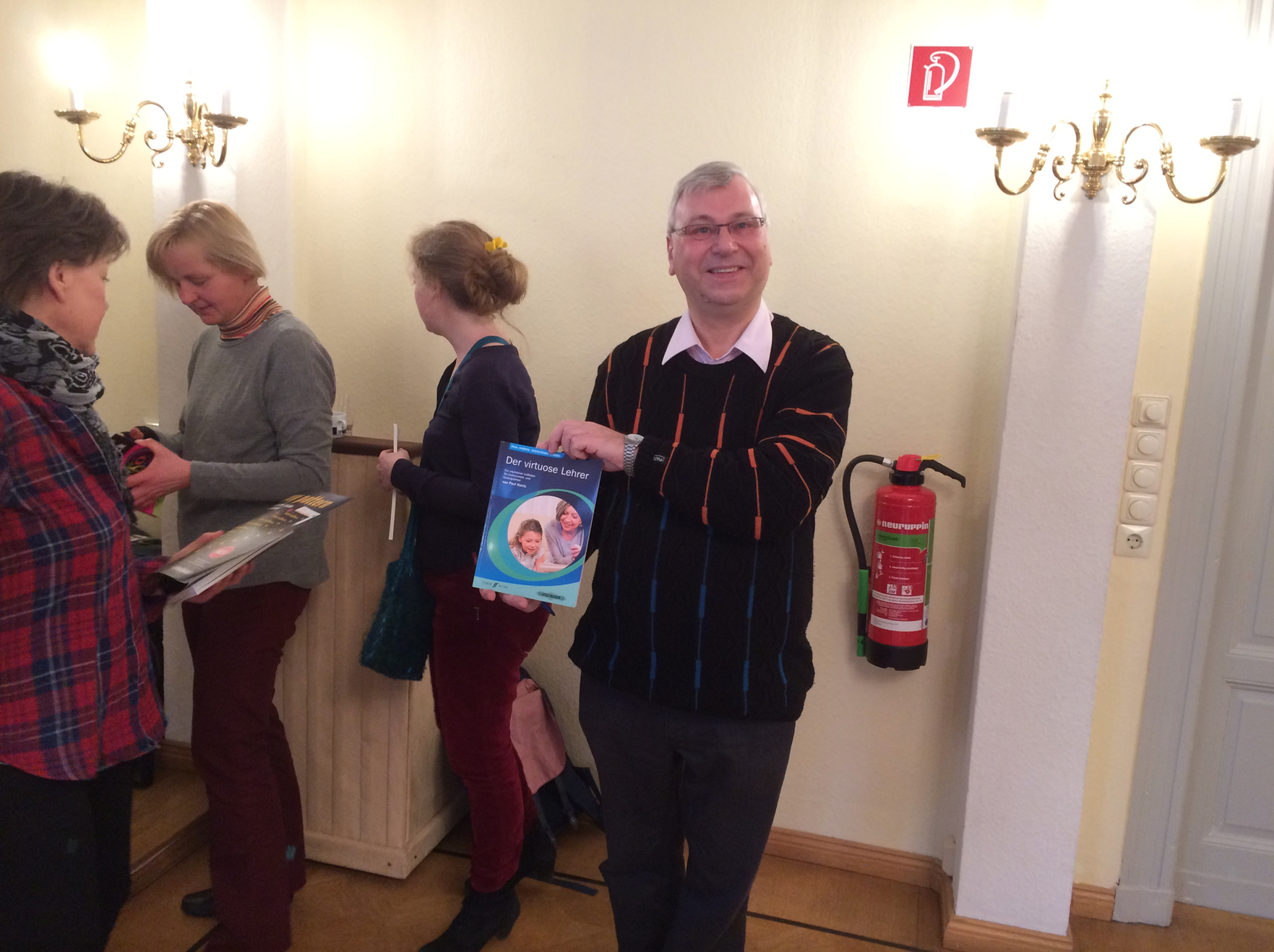I rather like the idea of un-getting. The expression to unget did exist at one time – back in the 13th century - but fell out of use in favour of the conventional to forget. But to forget suggests our pupil has temporarily lost the particular information or the understanding of how to do something and with a little reminding that information or skill may return. But that really isn’t very helpful. What has probably happened is that our pupil has un-got, or in other words, our pupil has lost that knowledge or skill rather more permanently. And that’s because they (almost certainly) didn’t get it securely first time around.
If we are teaching effectively, using the idea of continual incremental progress (through appropriate logical and sequential Simultaneous Learning activities) then all pupils should be making lots of progress. Maybe between ten and twenty bits of progress each lesson or practice. But is this progress permanent? Sometimes yes, sometimes no. And if it’s no – (and it’s often no) this is not a reason for frustration, annoyance or any negative-type reaction.
Whatever it was that we taught, for some reason our pupil has un-got it. A reminder will probably only lead to un-getting it again. So we have to re-teach it, using appropriate explicit connections – maybe the same ones as last time, but better still, a mixture of the same ones and some new ones – to help our pupil see how that information or skill fits into the broader fabric of their understanding. We re-teach it with the same enthusiasm as we taught it the first time. And we do it with absolutely no sense of frustration, no sense of exasperation or irritation…
Ultimately our pupil will get it. Which means they understand it, and they can apply that skill or information in different contexts or situations. Getting things often requires much reinforcement. Much more than we think. But as Virtuoso Teachers, that’s what we do.










